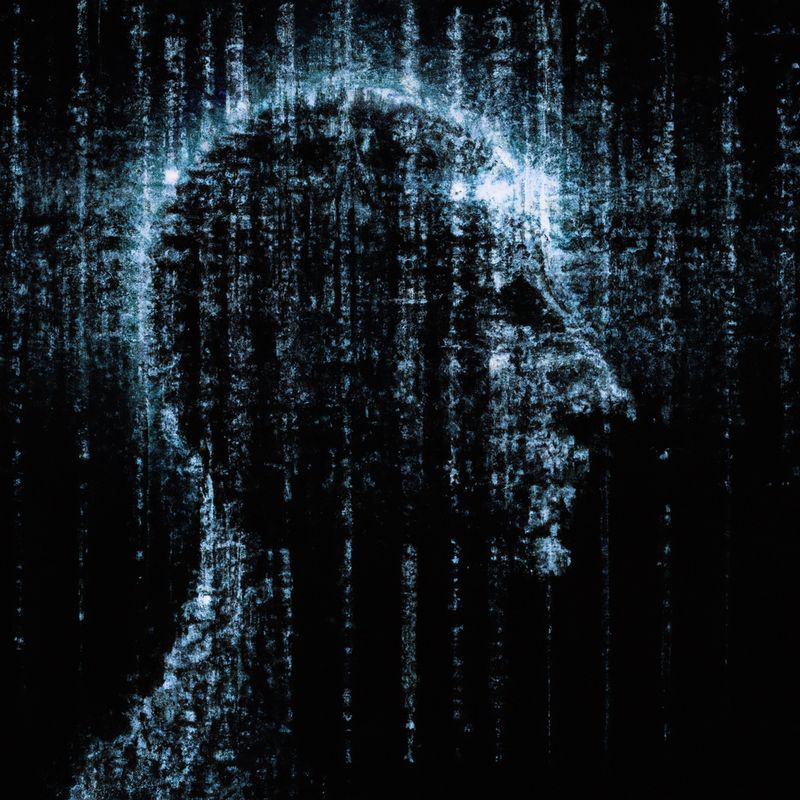Unlock the Power of Computer Vision with Automation

Computer vision is a rapidly growing field of artificial intelligence that has the potential to revolutionize how we interact with the world around us. Automation is a key component of computer vision, allowing us to quickly and accurately process large amounts of data and extract meaningful information from it. In this article, we will explore the best practices for automating computer vision and how you can use it to unlock its full potential.
What is Computer Vision Automation?
Computer vision automation is a process of using algorithms and software to automatically process and analyze digital images and videos. It involves the use of various algorithms to identify objects, detect motion, and recognize patterns. Automation of computer vision is a powerful tool for extracting meaningful information from digital images and videos. This information can be used for a variety of purposes, such as facial recognition, object tracking, and medical imaging.
Benefits of Automating Computer Vision
Automating computer vision can provide a number of benefits, including:
Faster processing of large amounts of data
Accurate analysis of images and videos
Reduced costs associated with manual processing of data
Improved accuracy of results
Reduced risk of human error
Benefits of Automating Computer Vision
The use of automation in computer vision can also help to improve the accuracy of results. Automation can reduce the amount of time required to process large amounts of data, as well as reduce the risk of human error. Automation can also help to reduce the costs associated with manual processing of data.
Best Practices for Automating Computer Vision
When automating computer vision, there are a number of best practices that should be followed to ensure the best results. These include:
Using the right algorithms and software: Different algorithms and software are best suited for different tasks. It is important to choose the right algorithms and software for the task at hand in order to ensure the best results.
Testing and validating results: Automated computer vision systems should be tested and validated to ensure accuracy and reliability. This will help to reduce the risk of errors and improve the accuracy of results.
Using the right data: The data used for computer vision automation should be of high quality. Low-quality data can lead to inaccurate results and should be avoided.
Conclusion
Computer vision automation is a powerful tool for extracting meaningful information from digital images and videos. Automating computer vision can provide a number of benefits, including faster processing of large amounts of data, improved accuracy of results, and reduced costs associated with manual processing of data. It is important to follow best practices when automating computer vision, including using the right algorithms and software, testing and validating results, and using the right data. By following these best practices, you can unlock the full potential of computer vision with automation.
